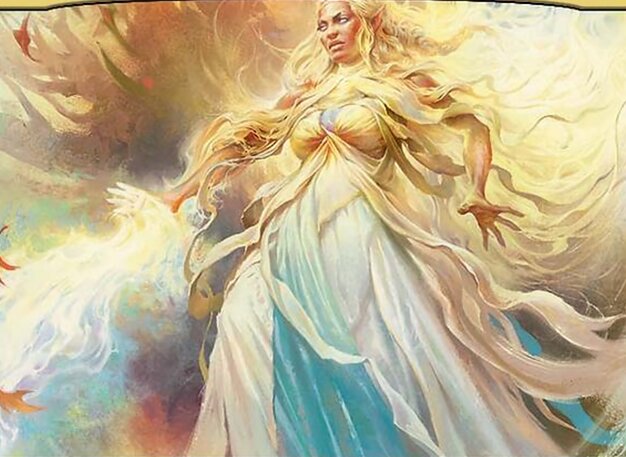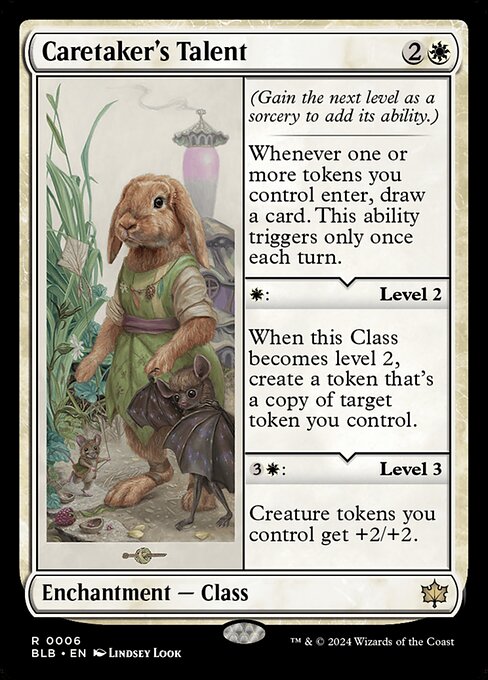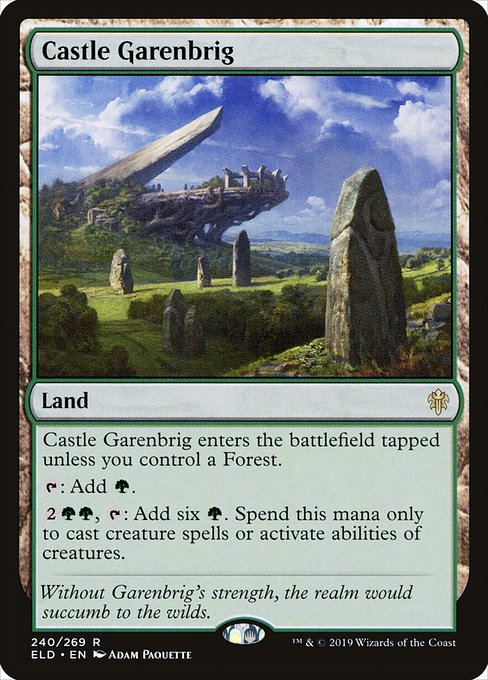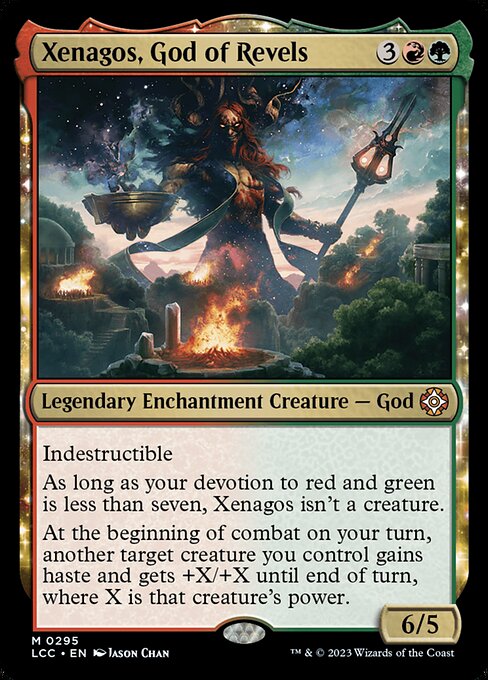Deck & Commander Strategies

Omnath, Locus of All
Utilizes efficient mana production and elemental generation to ramp quickly and maintain board presence, aiming to outvalue opponents with card draw and landfall triggers.

The Lord of Pain
Plays a group slug style that encourages opponents to attack each other, creating a three-way stalemate while setting up a win condition based on who casts spells first and controlling the board state.

Xenagos, God of Revels
Focuses on aggressive creature combat by reducing spell costs and boosting power and trample, aiming to end games quickly through combat damage and synergy with red-green ramp and spells.

Galadriel, Light of Valinor
Generates mana, card advantage, and board-wide buffs through multiple triggered abilities whenever creatures enter the battlefield, supporting a midrange ramp and token strategy in Bant colors.
Gameplay Insights
- 1
Playing Adeline early to generate 1/1 tokens each combat created incremental pressure across multiple opponents and synergized well with card draw engines like Caretaker's Talent.
- 2
Galadriel’s multiple triggers each turn provided significant value through mana generation, incremental buffs, and card filtering, accelerating the Bant player's board development.
- 3
The Lord of Pain's group slug strategy encouraged a dynamic stalemate that allowed the player to benefit from opponents weakening each other while setting up for a slow, controlling win.
- 4
Xenagos leveraged cost reduction for green and red spells to ramp and deploy threats more efficiently, aiming to capitalize on combat damage boosts.
- 5
Strategic deployment of ramp spells and mana fixing ensured that five-color decks could function smoothly despite demanding mana requirements, though initial turns were slow due to a lack of early plays.
Notable Cards
-

Adeline, Resplendent Cathar
-

Caretaker's Talent
-

Galadriel, Light of Valinor
-

Nature's Lore
-

Arcane Signet
-

Castle Garenbrig
Gameplay Summary
The game started with players deploying their five mana commanders and establishing early board presence through ramp and utility creatures.
Adeline, Resplendent Cathar was an early aggressive threat, creating 1/1 tokens with each attack, applying consistent pressure on multiple opponents.
Bant's Galadriel, Light of Valinor came down early and quickly began generating mana, card advantage, and board-wide buffs through her multiple triggered abilities, significantly enhancing the board state each turn.
Omnath, Locus of All was played slightly ahead of curve, leveraging mana efficiency to establish a strong foothold. As the game progressed, players developed their boards with synergistic creatures and ramp spells.
Notable plays included the use of Caretaker's Talent to draw cards off token creation, and Xenagos, God of Revels setting up for potential combat tricks with cost reduction and power boosts.
The Lord of Pain deck employed a group slug strategy, enabling a three-way stalemate that benefits the deck’s win condition by encouraging opponents to attack each other while the deck sets up its lethal plan.
Key turning points involved token generation and card draw engines that allowed the Bant and Red-Green decks to maintain pressure and resource advantage, while the other players tried to stabilize or build combo opportunities.
The game showcased a balance of aggression, ramp, and value generation with a focus on leveraging commander abilities in conjunction with supporting cards.





































![Commander VS S6E7: Thada Adel vs Xenagos vs Seton vs Atraxa [MTG] thumbnail](https://i.ytimg.com/vi/YH_1i08V2a8/sddefault.jpg)
![Commander VS S3E9: Nekusar vs Karona vs Xenagos vs Kiki-Jiki [MTG: Multiplayer] thumbnail](https://i.ytimg.com/vi/meqwIXTAv34/sddefault.jpg)

















